At least 51 people were killed in two separate transport accidents in western Pakistan on Sunday, when a bus plunged off a bridge and a boat carrying a class of children capsized.
Forty-one are so far confirmed dead after their bus crashed into a ravine in southwestern Balochistan province, while at least 10 students died in the boating accident in northwestern Khyber Pakhtunkhwa, officials said. Up to nine are still missing in the waters, local police said, with a rescue operation underway.
At the remote site of the bus crash, north of the city of Bela in Lasbela district, senior administration official Hamza Anjum said "the dead bodies are beyond recognition". Anjum said 40 corpses were retrieved from the wreck alongside three injured, one of which died shortly after.
The remaining two survivors were in "serious" condition. The bus was reportedly carrying a total of 48 passengers when it hit a pillar on the bridge and careened off course earlier on Sunday.
"We will investigate the causes of the accident," he said, adding that DNA tests would be used to determine the identity of the remains which had been "badly mutilated".
In Khyber Pakhtunkhwa, local police official Mir Rauf told AFP all of the dead so far recovered from the lake were between the ages of seven and 14. He said 11 more children had been rescued, with six in critical condition.
However, up to nine more remain missing from the madrassa class which was day tripping at the scenic location. "A rescue operation is underway," Rauf told AFP. Ramshackle highways, lax safety measures and reckless driving contribute to Pakistan's dire road safety record.
According to World Health Organisation estimates, more than 27,000 people were killed on Pakistan's roads in 2018. Mass drownings are also common in Pakistan, when aged and overloaded vessels lose their stability and pitch passengers into the water.
-RSS

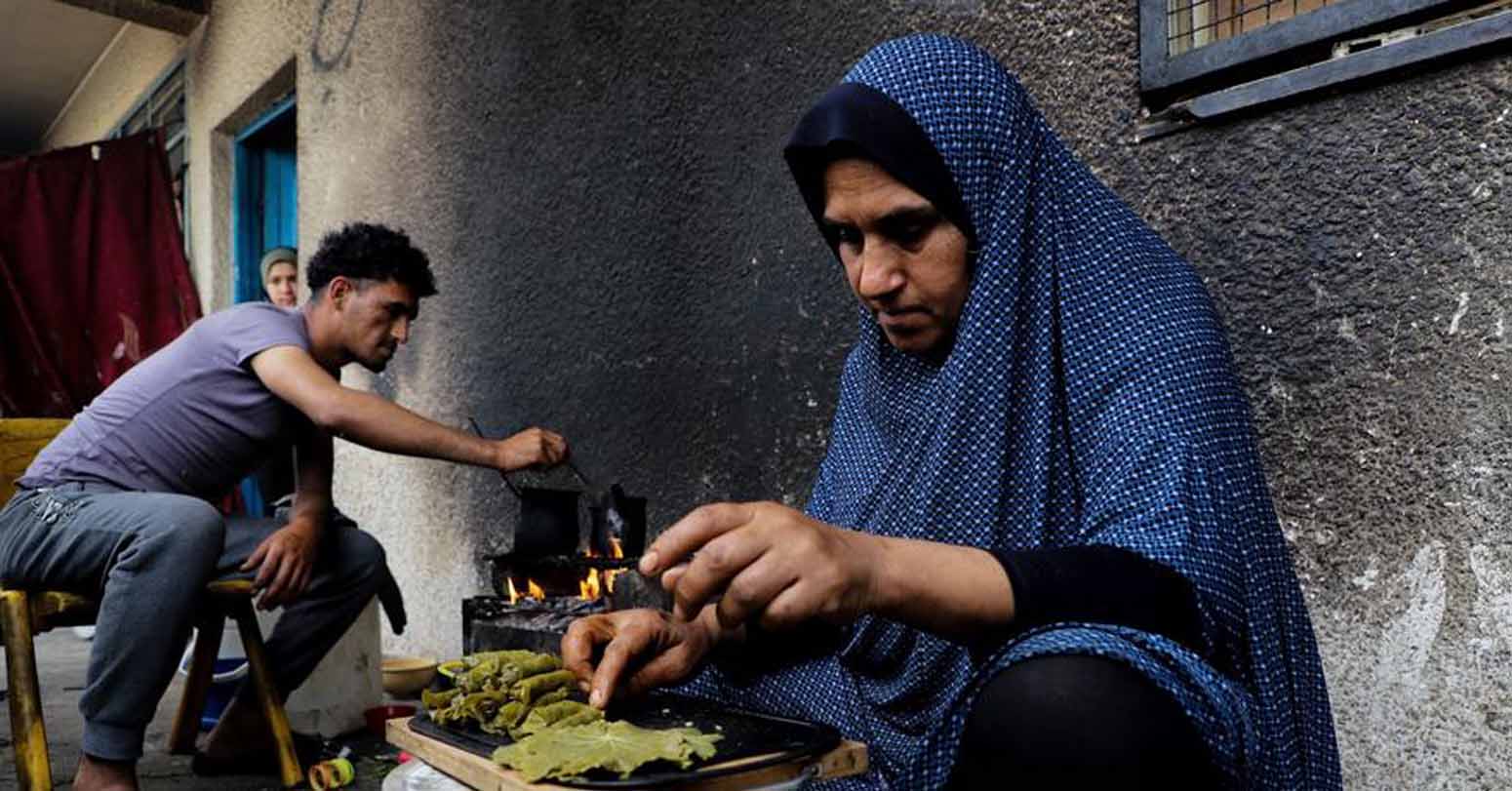
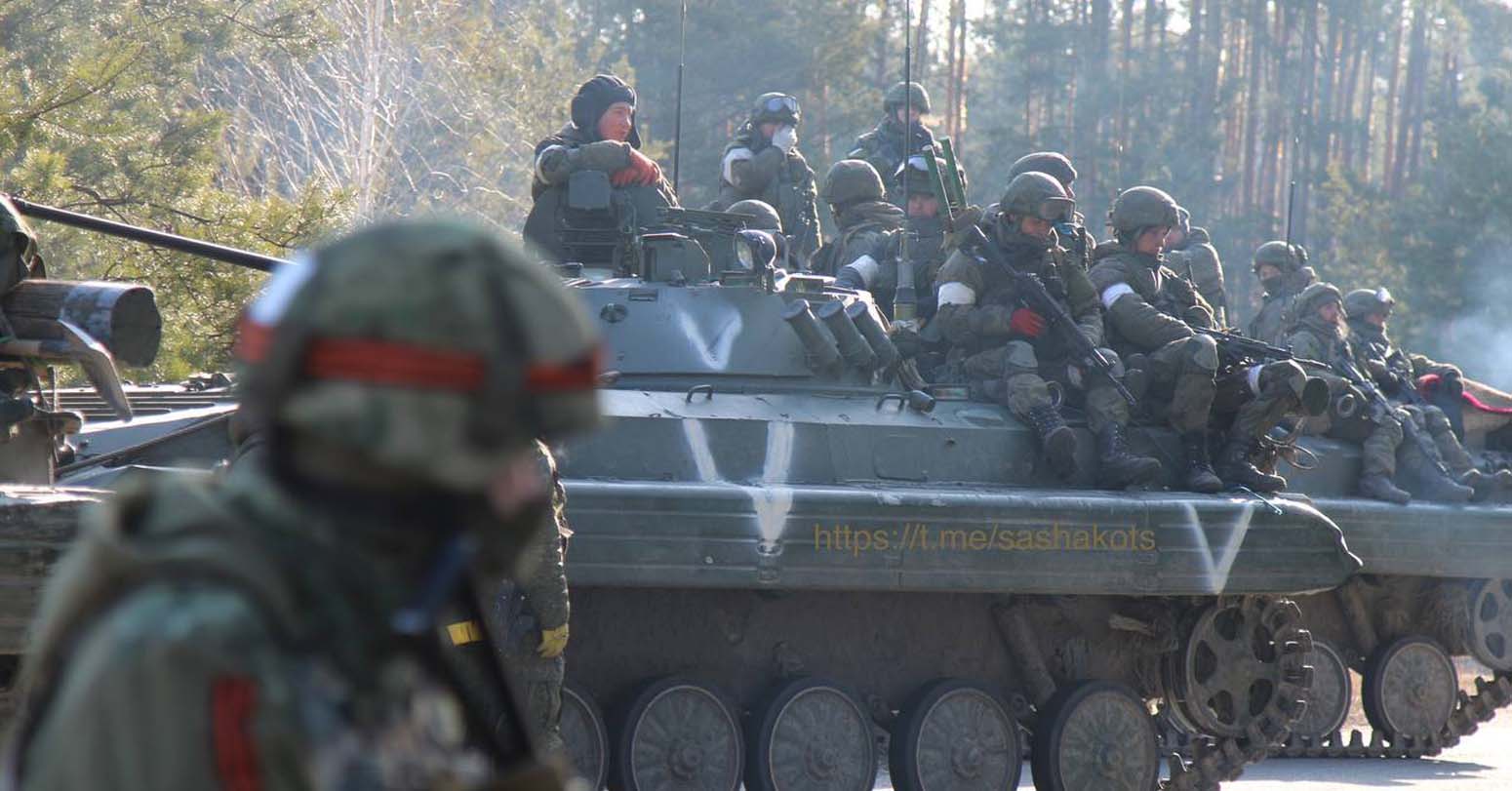
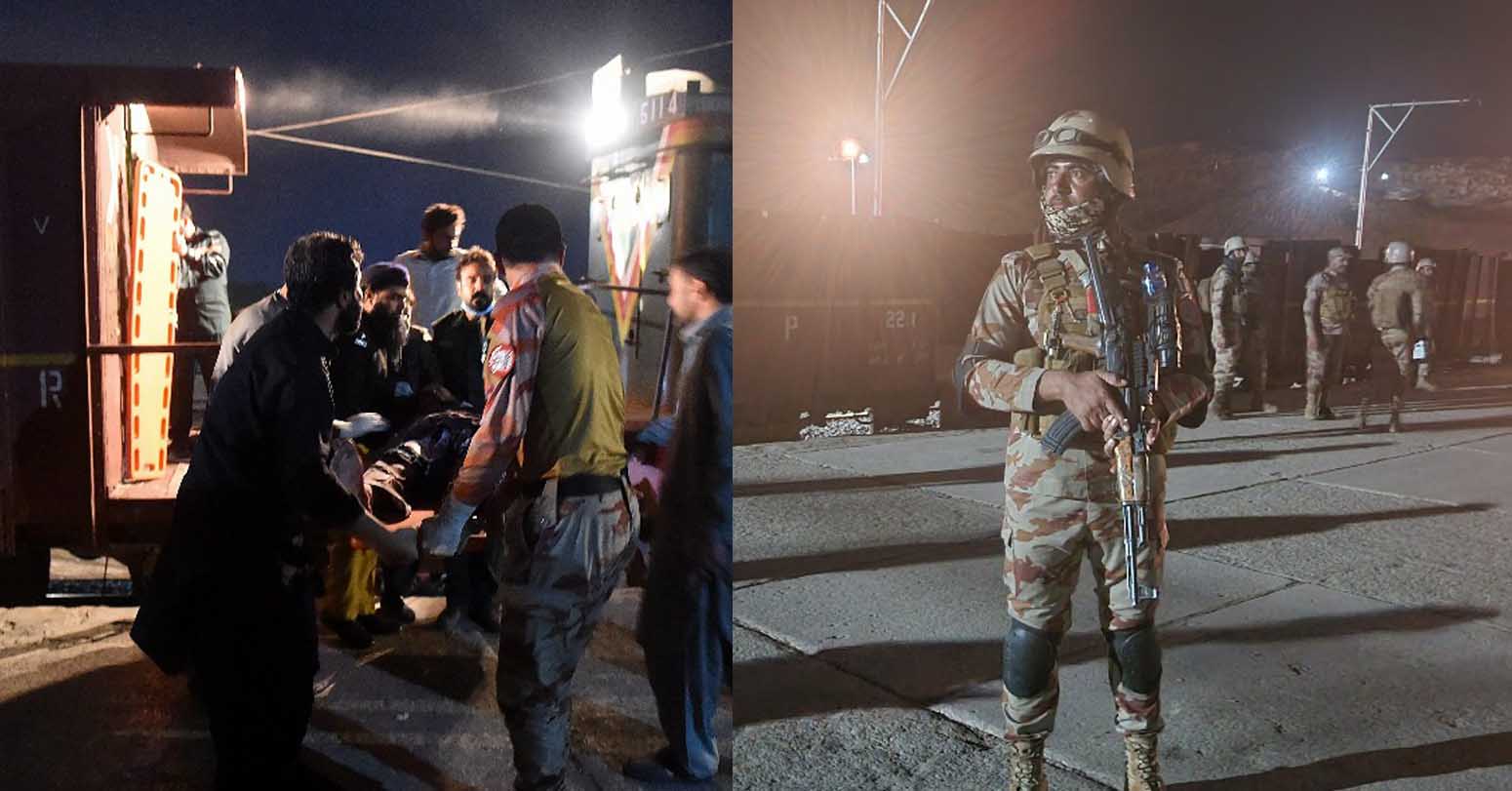



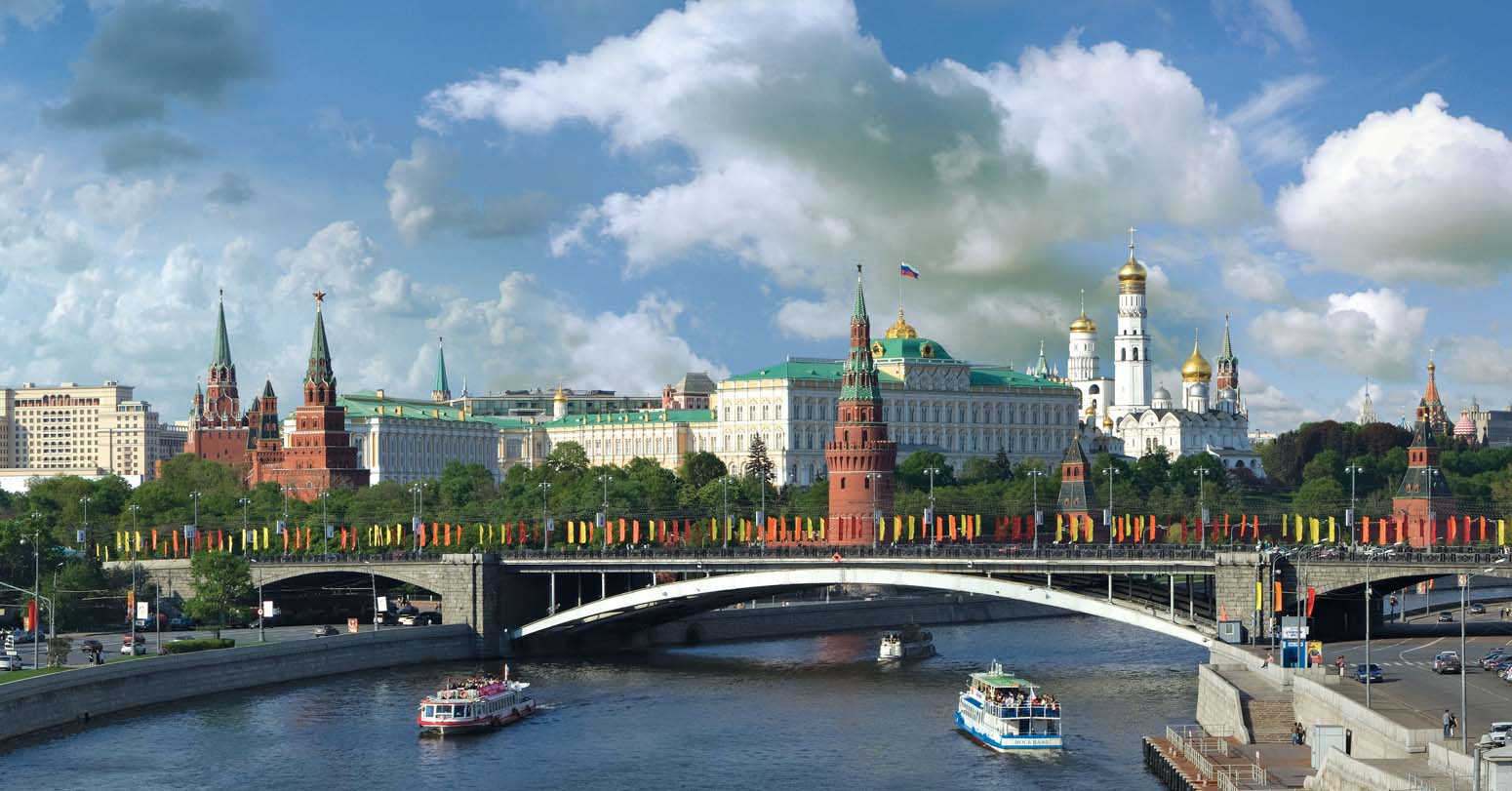

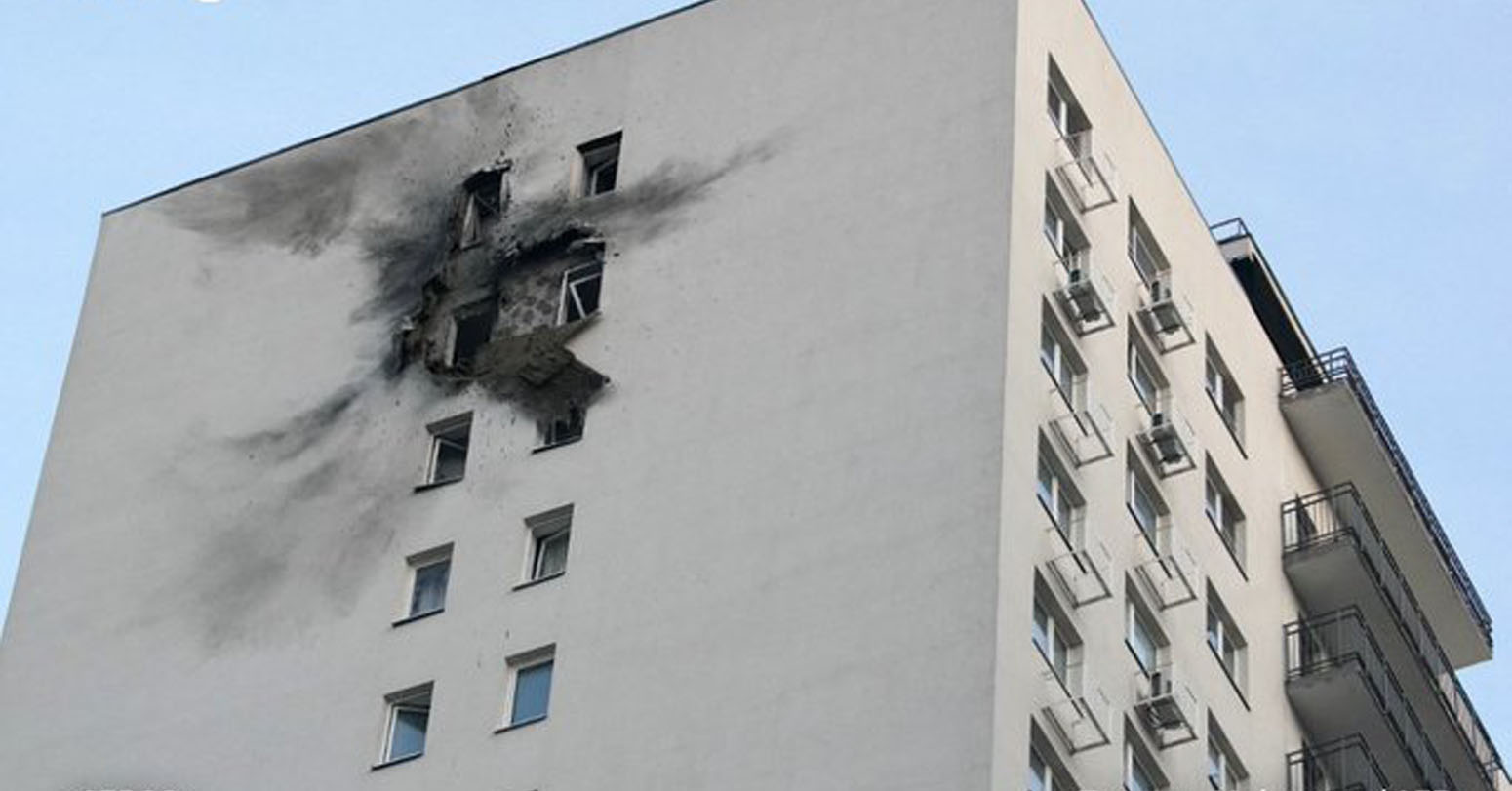



Middle-aged man spends millions to
Gender Differences In Mental Healthcare
Comprehensive Data Protection Law Critically
Messi Wins Best FIFA Men’s
Erosion of Democracy
“Complexities of the South Asian